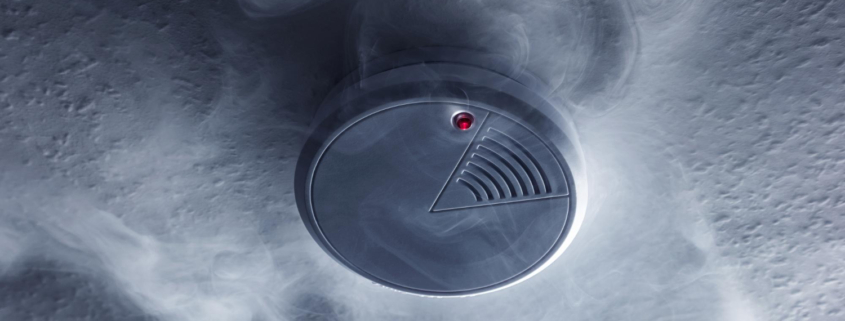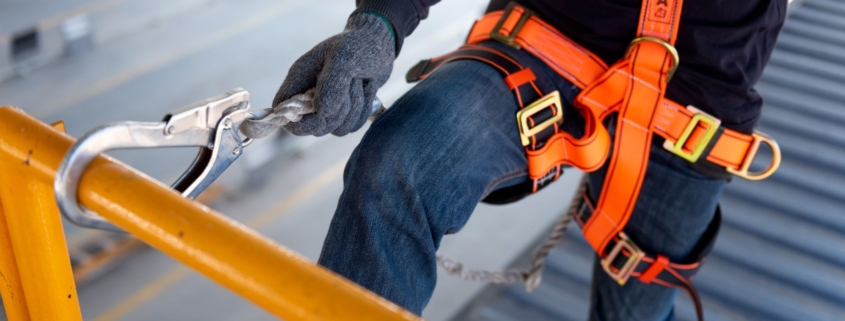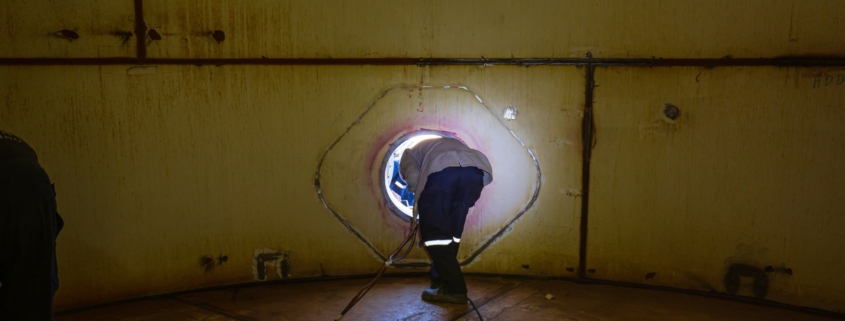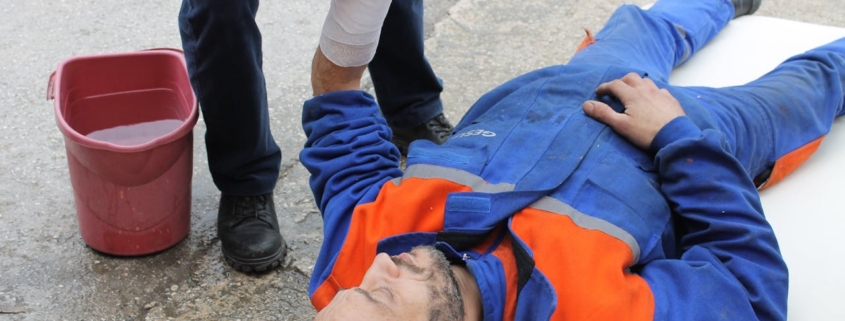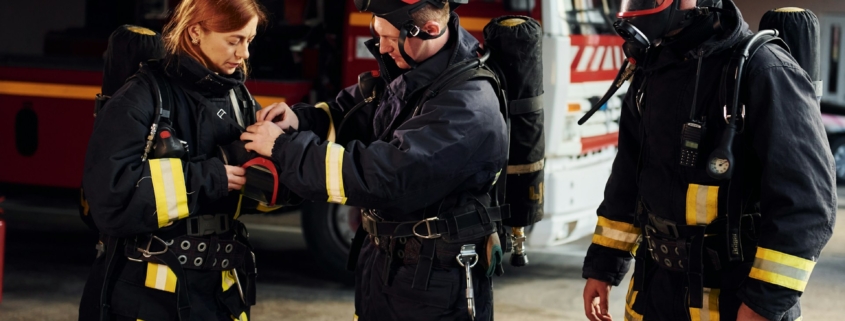Smoke detectors often fade into the background of everyday life, quietly doing their job without much thought. But when one suddenly stops working, it can throw a serious spanner in the works. You might hear the dreaded chirp, or worse, discover it’s completely silent during a check. It’s easy to assume the issue is small, but overlooking it can put everyone at risk. These little devices are one of the first lines of defence in alerting people to smoke or fire early enough to act.
Don’t panic if one stops working. With a bit of know-how, you can figure out the issue and take the right steps. Whether you’re at home or managing a workplace in Perth, handling smoke detector problems quickly helps maintain a safe environment. We’ll take you through what you can check yourself and talk about when it’s time to call in a professional.
Check The Basics
When a smoke detector stops working, the first thing is to look at the most common causes. Many problems can be fixed on the spot with a quick check and a battery swap. Here are the most likely issues to rule out first:
– Flat batteries: Most smoke detectors need their batteries replaced at least once a year. If your detector has started chirping every few minutes or has stopped making any sound entirely, the battery could be almost flat or completely drained.
– Power supply issues: If you’re working with a hardwired smoke detector, make sure it’s still connected properly. A nearby switch may have unknowingly been turned off, or the circuit could be faulty.
– Physical damage: Give your detector a visual once-over. Dust, moisture, or a knock from furniture or tools may have stopped it from working. If it’s full of dust or cobwebs, it might not be sensing smoke correctly.
– Age: Smoke detectors don’t last forever. If it’s been more than 8 to 10 years since it was installed, it may simply be too old and need replacing entirely.
Don’t ignore unusual behaviour from smoke detectors. Any beeping, chirping, or silence during testing is worth looking into. Start by checking these basics before moving on to anything more involved.
Reset And Test Your Smoke Detector
Once you’ve tackled the obvious issues, take the next step and reset the unit. Resetting a smoke detector can clear minor faults and alerts that remain after a battery swap or power issue. Most modern smoke detectors have a reset button on the face. Hold this down for 15 to 20 seconds and wait for a beep. That noise confirms the reset worked.
After resetting, it’s time to test. Press the test button on the detector and hold it until a loud alarm sounds. If nothing happens, the battery may not be seated correctly or there could still be a wiring fault. No beep at all usually means the unit isn’t getting power.
To make testing a habit, mark it on a calendar or set a reminder each month. It takes less than a minute and gives you peace of mind. Most households check the detector less often than they should. A good example is someone who only notices their smoke detector isn’t working when they cook and trigger it, thinking that’s good enough testing. Unfortunately, that doesn’t pick up power faults or sensor issues that could stop it from sounding during an actual fire.
Keeping your smoke detectors working starts with regular checks. A monthly press of the test button helps spot problems early so you’re not left wondering if it’ll work when it matters most.
Seek Help From Professionals
If you’ve already checked the battery, wiring, and tried resetting the unit but it’s still not working, it’s probably time to get help from someone with the right tools and background. There may be something going on inside the detector or the electrical circuit that isn’t obvious from the outside. A licensed technician can figure out if the problem is with the unit itself, the wiring, or the power source.
When it comes to workplaces in Perth, safety rules and responsibilities make it even more important to get expert help. Commercial smoke detection systems are often part of a broader safety setup, which might also include emergency lighting, alarm panels, or even sprinklers. A malfunctioning detector in that sort of space could affect much more than just one room. Getting a qualified person to do a proper check makes sure everything works together like it’s meant to.
It’s also worth noting how basic fire training plays a part here. When teams go through fire safety training specific to Perth standards, they’re more likely to stay calm, spot fire risks faster, and handle small incidents before they become massive problems. A good training session covers more than fire evacuation. It helps staff recognise early warning signs, like a detector that’s too quiet or one that seems to be giving false alarms regularly.
The goal isn’t just to fix one alarm. It’s about making sure every part of the safety plan works when it counts. Sometimes that means calling in a trusted technician, and other times it means making sure the team knows what to look out for in the first place. Either way, don’t let a dodgy smoke detector rest on the to-do list.
Important Maintenance Tips To Keep Alarms Working
Once you’ve sorted out the problem or replaced the unit, it’s just as important to keep it in good shape. Basic maintenance makes all the difference down the road and can keep future issues to a minimum.
Here’s a list of simple things you can do to keep your detectors in working order:
– Dust or vacuum the detector every so often. Dirt and cobwebs can block the sensor and trigger false alarms or prevent it from detecting smoke properly.
– Make a habit of pressing the test button monthly. You’ll know straight away if the power supply or sensor has stopped working.
– Replace batteries once a year, even if the alarm seems fine. Avoid waiting for that low-battery chirp.
– Put a reminder on your phone or calendar to check each detector. It could be quarterly or even twice a year, depending on the type.
– Keep track of how old the unit is. Most need replacing around every 10 years, so write the install date on the back with a permanent marker.
It doesn’t take long to stay on top of this task, and once it becomes routine, it’s pretty easy to manage. For workplaces, it’s smart to add smoke alarm checks into your regular safety walkthroughs or maintenance plans. That way, they don’t get forgotten between other jobs.
Your Detectors Are Small but Their Job Is Huge
Smoke detectors give us early warnings when there’s a fire risk. That’s their only job, and it’s a big one. If they’re not working properly, they can’t do what they were designed for. That could lead to slower response times, more damage, and greater risk to anyone nearby.
For Perth homes and workspaces, having working smoke detectors is part of staying ready and prepared. Don’t just set and forget them. A mix of regular checks, fixing problems when they crop up, and keeping up with basic fire training helps make sure everyone stays safe.
By getting into the habit of looking after your alarms and understanding when to bring in the pros, you’re doing your part to prevent the worst-case scenario. Smoke detectors might seem small, but they have a big role to play in protecting everything that matters.
Ensure the protection of your home or workplace by making fire safety a priority. Smoke detectors are a big part of that, but they’re just the start. If you want to feel more confident in handling potential fire emergencies, take the time to explore basic fire training in Perth. At Access Unlimited, we run practical, down-to-earth training that helps people across Perth recognise risks early and respond quickly when it matters most.

